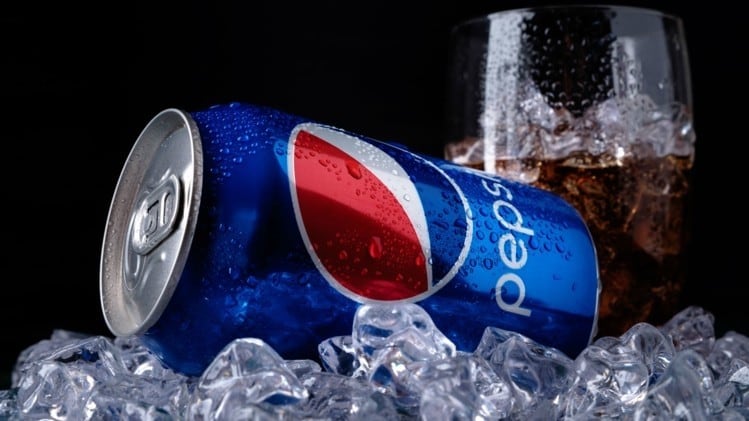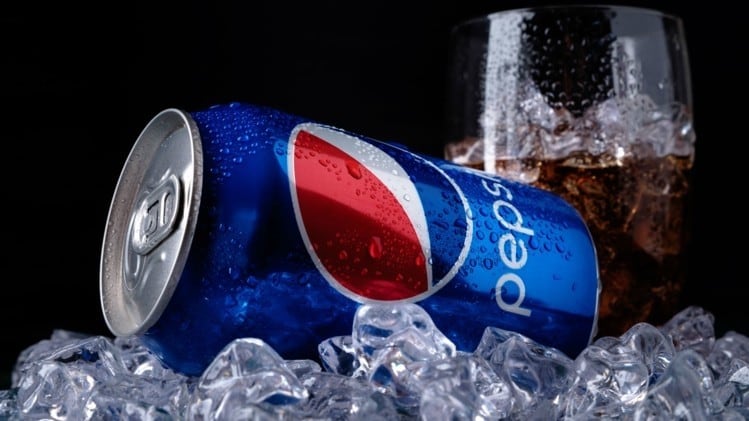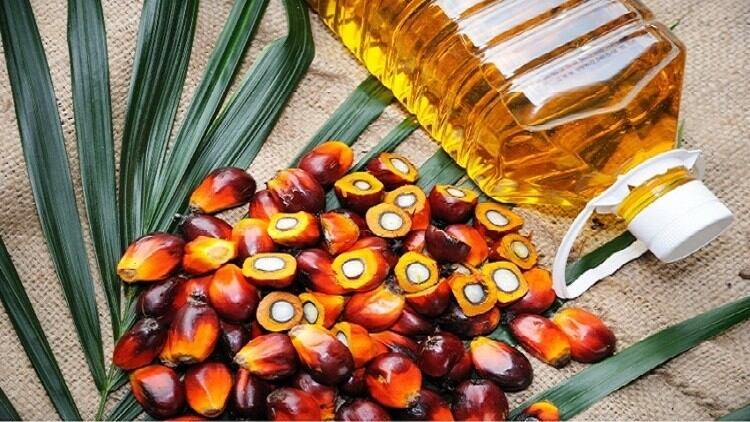The first sign of the saga appeared in September this year, when PepsiCo’s Philippines arm Pepsi-Cola Products Philippines, Inc. (PCPPI) sent a disclosure statement to the local Securities and Exchange Commission saying that its local snacks production line had been closed.
“PCPPI’s Board of Directors, the local bottling giant majority-owned by LOTTE Corporation and PepsiCo, [has] approved the closure of its snacks production line and to initiate negotiations for the discontinuation of the locally-made Cheetos with PepsiCo,” the firm told FoodNavigator-Asia via a formal statement.
The company’s snacks will continue to be sold in the Philippines but will be wholly imported from overseas. These snack brands include Cheetos, Lays, Doritos, Ruffles, Red Rock Deli, Fritos, Tostitos, Sunchips, Smartfood, Munchies, and Rold Gold.
PepsiCo’s reasons for the closure included an aim ‘to focus on and strengthen the Company’s core business lines’, as well as to ‘leverage on its core competency in the beverage space’.
However, an analyst told us the moves were more likely due to a deeper case of ‘regional discomfort’.
“[By] the company’s official view [to] ‘focus on and strengthen the company’s core business lines’, they mean the beverage business. However, PepsiCo has been a well-diversified business for a long time. It is not as if its snack business is some sort of niche sideline,” GlobalData Principal Consumer Insight Analyst Richard Parker told FoodNavigator-Asia.
“[Shutting] down local snacks production in Philippines and shifting to importation of the affected brands, while moving resources into its beverage business [suggests] the idea of PepsiCo suffering regional discomfort.”
As for Indonesia, PepsiCo told us in a separate email statement that it has ended its contract with local bottling partner PT Anugerah Indofood Barokah Makmur (AIBM).
“AIBM and PepsiCo have mutually agreed to end the bottling contract between the two companies,” said the statement.
“Effective October 10, AIBM will no longer be producing, selling or distributing beverages for PepsiCo.”
This was not directly stated as such, but could be a possible reason for exit, in addition to a statement by the Indonesian Food and Beverage Producers Association (GAPMMI) citing a decline of soda sales by 1% to 2% annually, as per a ChannelNewsAsia video report.
Parker again disputed this, saying that such a ‘clear concession of ground to Coca-Cola in [one] of the most populous nations and biggest economies in the region’ brings forth the idea of PepsiCo facing challenges particular to the brand and not industry-wide.
“PepsiCo have cited declining carbonated soft drinks sales as a reason for this move; and yet Coca-Cola actually intends to expand its business in the country, geographically increasing its footprint in terms of production and distribution,” he said.
“Does this indicate challenges associated with Pepsi’s brand name strength in Indonesia? When thinking of Coca-Cola versus Pepsi, does this show that, in some cases, ‘there can only be one’?
“Clearly, the aim is to reinforce its beverages business and look for cost efficiencies in producing and bottling locally, in face of challenges from Coca-Cola, and changes in both soft drink and snacking behaviour.”
Regional wins to progress further?
Parker went on to suggest that both of these actions in Philippines and Indonesia are possible signs of ‘a certain degree of rationalisation and consolidation of PepsiCo’s overall position in Asia’.
“The case of its withdrawal from Indonesia suggests a need to secure some regional wins and doubling down on its beverage business in the Philippines may be one element of this [as well],” he said.
“More generally, there may be some validity to the argument that PepsiCo has taken its eye off the ball – that ball being its fundamental Pepsi cola brand – the consequence being advantage ceded to Coca-Cola.”
That said, PepsiCo appears confident that both these moves are positive for the company’s future in the region. According to PCPPI, this transition will allow it to ‘further optimise and strengthen the production and distribution’ of its beverage products.
PepsiCo Indonesia on the other hand appears optimistic about its return to the country, telling us that it ‘looks forward to returning to the Indonesian market with its well-known beverage brands - including Pepsi, Mirinda, 7UP and Mountain Dew – in the future’.





